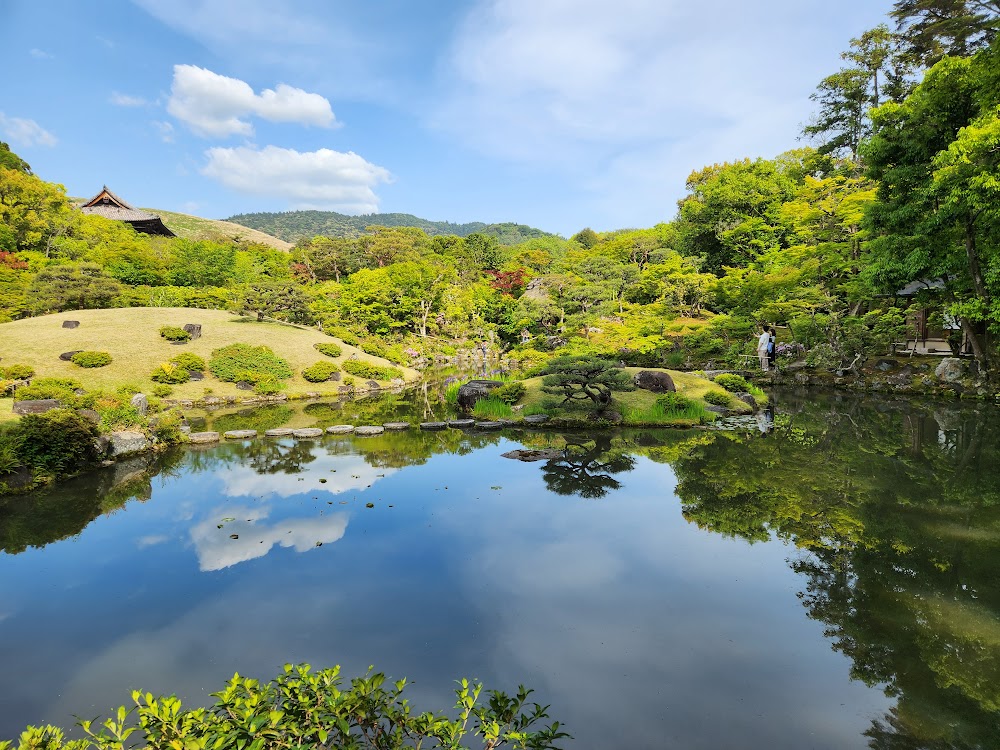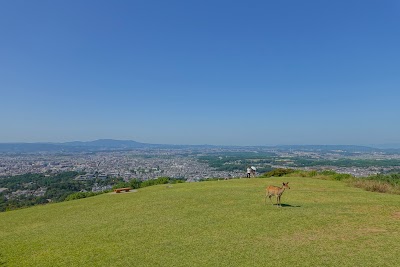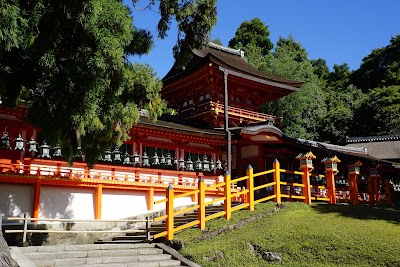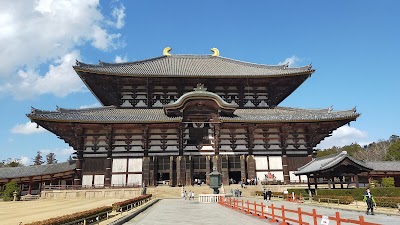Isuien Garden (依水園)
Overview
Isuien Garden, nestled in the heart of Nara Prefecture, Japan, is a breathtaking oasis that beautifully showcases the harmonious relationship between nature and architecture. The name "Isuien" translates to "a garden founded on water," aptly reflecting the garden's enchanting water features and lush landscapes that create a serene ambiance for all who visit.
The garden is thoughtfully divided into two distinct sections: the **Front Garden** and the **Rear Garden**. The Front Garden dates back to the mid-17th century, originally constructed by the affluent merchant Kiyosumi Kiyosue. This area embodies the aesthetics of the early Edo period, complete with a charming pond and elegant tea houses. The design philosophy here is rooted in the Japanese practice of **borrowing scenery**, where distant landscapes are artfully woven into the garden's composition, creating an illusion of expansive space.
In the late 19th century, the garden welcomed a new chapter with the development of the **Rear Garden** by prominent businessman Toemon Seki. Established during the Meiji era, this section boasts a more intricate layout, featuring a larger pond and winding walking paths that guide visitors through meticulously manicured lawns, past traditional stone lanterns, and across graceful bridges. The Rear Garden is home to a diverse array of plant species, ensuring that there is always something beautiful to behold, no matter the season.
At the heart of Isuien Garden lie the **tea houses**, exquisite examples of traditional Japanese architecture and cultural practices. Built using natural materials like wood and bamboo, these tea houses are designed to harmonize with their natural surroundings. Visitors have the unique opportunity to participate in authentic tea ceremonies, immersing themselves in the refined customs and tranquil atmosphere that have been cherished for centuries.
Adjacent to Isuien Garden is the **Neiraku Museum**, which enriches the cultural experience with its impressive collection of East Asian art. This museum was founded on the private collection of Kichizaemon Sumitomo, a wealthy Nara businessman, and opened to the public in the 1960s. Within its walls, visitors can explore an extensive array of artifacts, including classical ceramics, ancient bronze ware, and traditional Japanese paintings, all aimed at deepening understanding of the region's historical and artistic heritage.
The architecture of the **Neiraku Museum** seamlessly complements the tranquil surroundings of Isuien Garden, featuring simple elegance and unobtrusive lines that blend harmoniously with the landscape. The building employs traditional Japanese architectural elements infused with modern touches, utilizing natural materials and large windows to reconnect visitors with the garden's breathtaking beauty.
A highlight of the museum is its remarkable collection of **Chinese and Korean ceramics**, celebrated for their historical significance and intricate designs. Regular seasonal exhibitions and special displays are also organized to keep the museum experience fresh and engaging for returning visitors.
A visit to Isuien Garden and the Neiraku Museum offers a unique opportunity to experience the seamless fusion of nature and culture. Here, meticulously designed landscapes meet centuries-old artworks, providing a tranquil retreat from the hustle and bustle of modern life. Guests are invited to step back in time and appreciate the enduring beauty and craftsmanship of Japanese culture.
In summary, Isuien Garden and the Neiraku Museum stand as a testament to the delicate balance between art and nature, offering a serene environment where visitors can deeply connect with the historical and cultural richness of Nara Prefecture.









